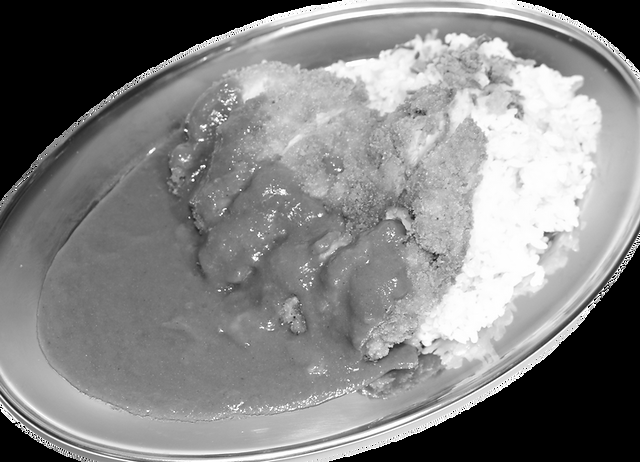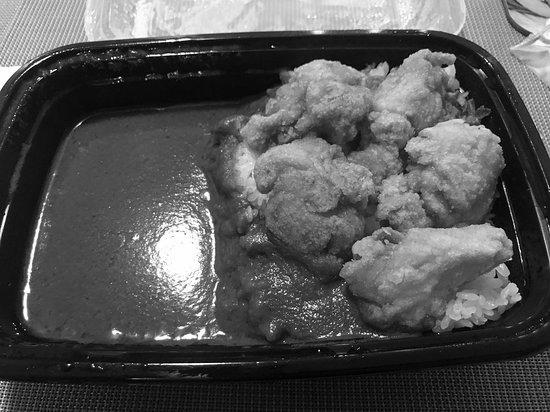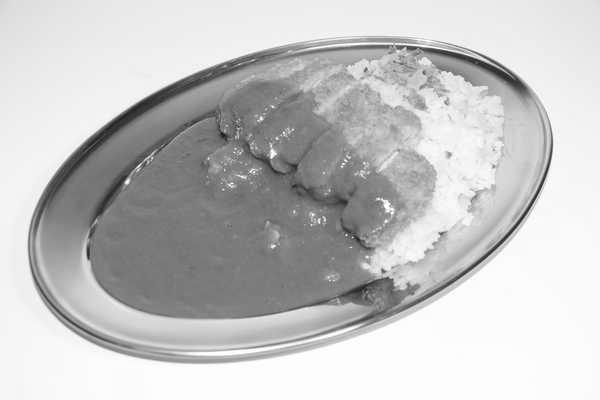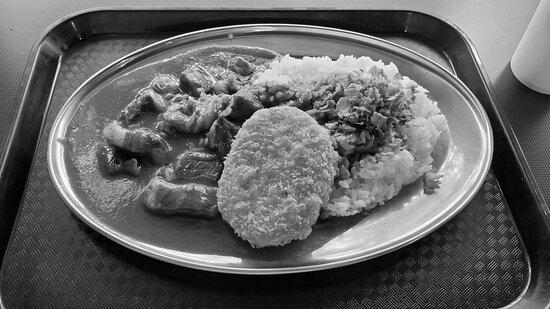Introduction
The phrase “Japanese curry vancouver” is an expression that has become very popular in the west. It is a play on the phrase “Japanese curry vancouver” and is used as a meme by Japanese people.
However, does it really make sense? What does it mean? What does it imply? What do we actually do with curry? And why do people use the phrase anyway?
First of all, what exactly is Japanese curry? Is it spicy or not? Is it a hard-to-pronounce Japanese dish or not (and if so, how do you pronounce it)?
When I think about Japanese curry, I think about the stuff my mom makes for us to eat during holidays. In Japan, we have three types of curry:
1) Curry (jap) made with soy sauce and vegetables. It’s called “soy bran curry” because this “bran” which makes up around 30% of the soy sauce tastes like something like rice bran. But don’t ask me what rice bran tastes like… I just know that rice bran has a lot of starch and that we need to avoid things which have a lot of starch, such as couscous. So all my mom’s soys are made from rice bran. My dad likes them less spicy than my mom—so he usually doesn’t eat them at all—but my brother and I love them! They are quite salty and pretty tasty!
2) Curry (jap) made with miso paste instead of soy sauce: Miso paste is made from fermented soybeans which you can buy in restaurants or sometimes at supermarkets. It’s usually sold by itself but you can also add other ingredients such as pickled ginger pieces or tamari (which is neither Japanese nor miso paste… no wonder why people call it miso paste). They are sometimes called “misoyu” in Japan because they’re kind of sweet but not too sweet compared to other curries which often have a strong taste of chili peppers. They’re also called “misoyu” because they’re made with these same ingredients but they typically have more salt than other curries, so they are sometimes called “salty curries”.
3) Curry (jap) made with fish sauce: Fish sauce is a salty condiment derived from fermented anchovies and/or fermented fish skin(es). It’s
Japanese Curry
Japanese curry was one of the first dishes I ever tried in a restaurant. I remember it being served in an earthenware pot, with a piece of cloth tied around it to keep the heat in. It was fragrant, warm, and delicious. As soon as I saw this photograph of Japanese curry, I knew the photo would be perfect for this post:

For me, Japanese curry is a great example of how art can be used to convey meaningful messages. The menu pictured above shows just one part of a larger context: rather than listing all the different kinds of curry or all the different ingredients used, it instead puts them all together into a scene. By using similar elements from each dish as well as a common mood and color palette to give an overall impression that comes through clearly — it communicates information about food without having to do so explicitly (though that is not without benefit; for example, I actually didn’t know what goat meat meant until someone showed me this picture).
The same way that creating something new can help you communicate an idea more broadly or better than you could express it directly (by saying something like “the world is round”), using art can help you communicate ideas more broadly than you could if they were just described in words alone. It’s worth noting that if we were talking about language here (which I think we should), then Japanese curry would be “cuisine” which when translated into English would mean “food prepared with soy sauce and ginger“…which isn’t exactly what this was at all!
Vancouver Japanese Curry House
Vancouver has a growing reputation as an Asian-food destination, and the Vancouver Japanese Curry House fills that niche. The restaurant opened in Vancouver in 2007 and has since expanded to Toronto, Chicago and San Francisco.
The list of ingredients is long and interesting, ranging from curries to sashimi to wagyu beef. Our favorite is the teriyaki chicken curry with rice. It’s a five-course meal for about $25 per person, which includes unlimited drinks at their restaurant on Granville Island.
The restaurant offers many different types of Japanese food (mainly sushi) and traditional Japanese cooking methods (such as freeze-drying), so no matter what your taste buds may tell you it’s difficult to pick just one thing. We had a couple of try out their bibimbap bowl, which is just rice with vegetables and meat (or tofu). I really liked it! The menu also has an extensive selection of appetizers including salads, soups, sandwiches and more along with several kinds of sushi rolls.
For dessert we tried their sweet potato cheesecake – yum! They are also available online and at their downtown location on Granville Island which I recommend checking out if you are in the area: http://www.vancouverjapanesecurryhouse.com/ Experience the difference you get when you go to Vancouver Japan! Vancouver Japan Kyoto: http://www.vancouverjapanesecurryhouse.com/experience-the-difference-you-get-when-you-go-to/
Japanese Curry in Downtown Area
What can you say about Japanese curry that hasn’t already been said? It is a monster of a dish and it is ubiquitous in many parts of the world. You can find it in almost every restaurant, and it is often served with rice.
The thing about Japanese curry though, is that you can’t buy it – and even if you could, you wouldn’t be able to get it at an affordable price. As long as you are in Japan (or Japan-ish areas), you will have to go out of your way to get this dish (which makes sense).

So why did we make it? And how did we do so?
We made this recipe because we wanted to have some fun with the name. We wanted to see what kind of reaction we could elicit from the people around us: “They make curry?! Why aren’t they selling this!”
If your idea has a flavour or concept that might be novel but not necessarily sexy, then don’t try to sell yourself. There are plenty of people just as enthusiastic about your product idea as there are buyers who will be willing to pay for what they want.
Japanese Curry Restaurant Nearby My Hotel
I have a Japanese curry restaurant in my hotel, it’s called “Japan Curry”. I have a Japanese curry restaurant in my hotel, it’s called “Japan Curry”. I am a native of Vancouver and came to Vancouver for my first job in the financial industry as a consultant for 2 years and then for 10 years as an executive at a Fintech startup. I have family in Japan and enjoy eating delicious Japanese food there. I would like to have japanese curry near my hotel in Vancouver so that I can enjoy delicious japanese food with my family.
I am not the only one who wants this:
The same year, another couple wants to eat Japanese curry near their hotel:
In 2017, they had this idea that they want to find a way of getting their japanese curry nearby.
They also didn’t know how many people actually want this kind of thing. In fact, they were debating whether to create something like this themselves or just create the business themselves (which is what they ended up doing). But while the two above are obviously interested in doing something similar, they still don’t know how many people actually want some sort of product that gives them access to nice japanese curry; so after some research and discussion, here is what we come up with:

Japanese Curry Restaurant near the Office
Foursquare, a popular mobile application for checking out local restaurants and finding nearby places to eat, was recently purchased by a Chinese company. If you don’t know about Foursquare yet, let me give you the short version: it’s a social network that allows users to record their own GPS-based check-ins of restaurants and other sites that they have visited or are interested in visiting.
The app is essentially an application for the iPhone (iOS) with some additional features. It is used by businesspeople and people who travel to Asia as well as by tourists to help them find places they might otherwise not find on their own.
Foursquare/Google has found itself on the receiving end of complaints from several Asian countries over Foursquare’s “spyware” software. It has been translated into several Asian languages (including Japanese), so does not seem that Foursquare is “spyware” in any sense of the word, but it does raise some concerns about its use by foreign companies. In Japan, where Foursquare recently received an official license after almost a year of attempts to acquire one from Apple, complaints have since been made about how Foursquare has co-opted Japanese culture and its images are being used without permission.
In other words: Japan is not happy with it!
What I find interesting here is that this issue was not raised when Apple bought competing app App Store in 2010; nor was it raised during the Google purchase in 2011. Since then, Apple and Google have both acquired Foursquare/Google+ — so why now? The answer may lie simply in the fact that China is much more open to foreign companies than Japan (as I hope to show below).
Conclusion
I’ve mentioned in the past that I was never a huge curry fan and that my partner, who loves it, couldn’t eat it. But when I moved to Vancouver, I discovered two places which were the only places with japanese curry: the aforementioned Japanese-Canadian Curry House, and a small cafe called Curry House Vancouver.
These two restaurant chains had one thing in common: both of them were owned by a single family. The owner was from Japan and decided to open up his own restaurant chain for Canadians because he loved the food and he wanted to share it with his family. He had a small staff who could cook well-executed dishes so that he could spend more time with his family (and less time on business).
I’d recommend going to their restaurants at least once if you ever get the chance (its hard to find!). They have very good curries, but don’t expect anything special — they are just good Japanese-style curries.
I also recommend visiting their website — they have some neat travelogues of their restaurants that show you how they work, what they are like (which is really fascinating), and offer some insight into the value of travel in general. You can also see what other people think while you’re there too!

